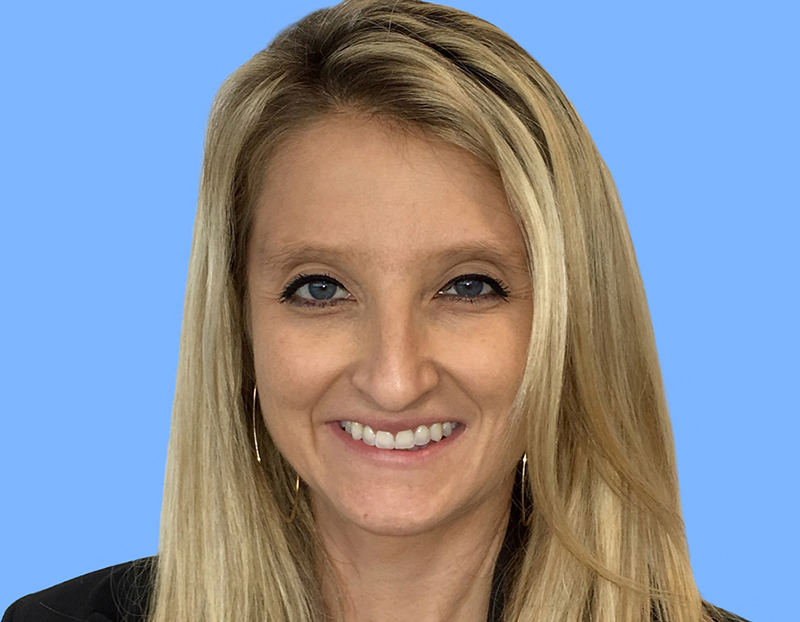In South Florida, Private Lenders Filling the Gaps
Tighter banking standards and more caution on the part of traditional lending institutions mean that more business borrowers are considering non-traditional financing sources, says Aysha Cox of Case Real Estate Capital LLC.

Aysha Cox
In 2019, several key sectors will be driving robust growth in the South Florida commercial real estate market: industrial, multi-family and technology/e-commerce. As companies in these and other spaces flock to Florida—taking advantage of such benefits as a pro-business tax structure, easy access to international transportation, and an all-around business-friendly environment— their presence will help to spur local economic activity. But they may also find some challenges when it comes to securing financing.
It is likely that this activity will drive more demand for housing and a related increase in demand for land, warehouse and office buildings, all of which are already in limited supply. Consequently, developers will continue to step up their search for prime locations with existing structures to either tear down and redevelop or renovate and reposition. Of course, this also spurs businesses and developers to accelerate their search for reliable financing sources.
But now, tighter banking standards and more caution on the part of traditional financial institutions mean that more business borrowers are considering non-traditional financing sources to stay on track with their pro-forma models. Although banks can generally offer lower interest rates compared to private lenders, the traditional institutions’ loan approval process can be more cumbersome, with a lengthy approval process that carries multiple restrictions.
Speed to Market
As a result, some borrowers have turned to private lenders when they need to close quickly, possibly from an outstanding current loan that’s maturing, or because they need additional funding quickly for ongoing construction or because they’re staring at a looming deadline.
The non-bank lenders may also be able to assist investors who are taking on a project with a risk profile that has the potential for “hiccups,” which can scare off banks. Working with each borrower on an individual basis, non-bank lenders can collaborate on developing a loan structure that works for both the borrower and the lender. A bank might turn away a borrower, for example, because of a property’s deteriorating condition, uncertain zoning entitlement approvals or other unmet metrics. Experienced private lenders have industry experts who can address these and other issues while identifying hidden opportunities that others often miss.
The benefit of this disciplined approach was illustrated recently when Case executed a successful exit strategy, within 14 months, on a $12 million first mortgage bridge loan for a 25-acre parcel of land in Bonita Springs. The “predevelopment” loan was made in anticipation of zoning and entitlement for the property’s projected uses, which included senior housing, retail and public marina-focused development.
The borrower, an inexperienced real estate investor and owner of the property, needed to pay off his then-maturing first mortgage loan and take the property through significant rezoning and variance approvals before it could be marketed to developers. After being turned down by several banks, the owner’s lawyer approached Case, which provided first mortgage financing for an 18-month term with certain rights to extend. The financing gave the investor time to successfully bring the property to market. A little over a year later, the land was sold to a developer and the loan was paid off in full, months before the due date. The developer is now building the site as planned.
Active investors and developers can find significant opportunities. But bringing a project to completion also requires a lender that will work closely with you.
Cox is vice president of Case Real Estate Capital LLC







You must be logged in to post a comment.